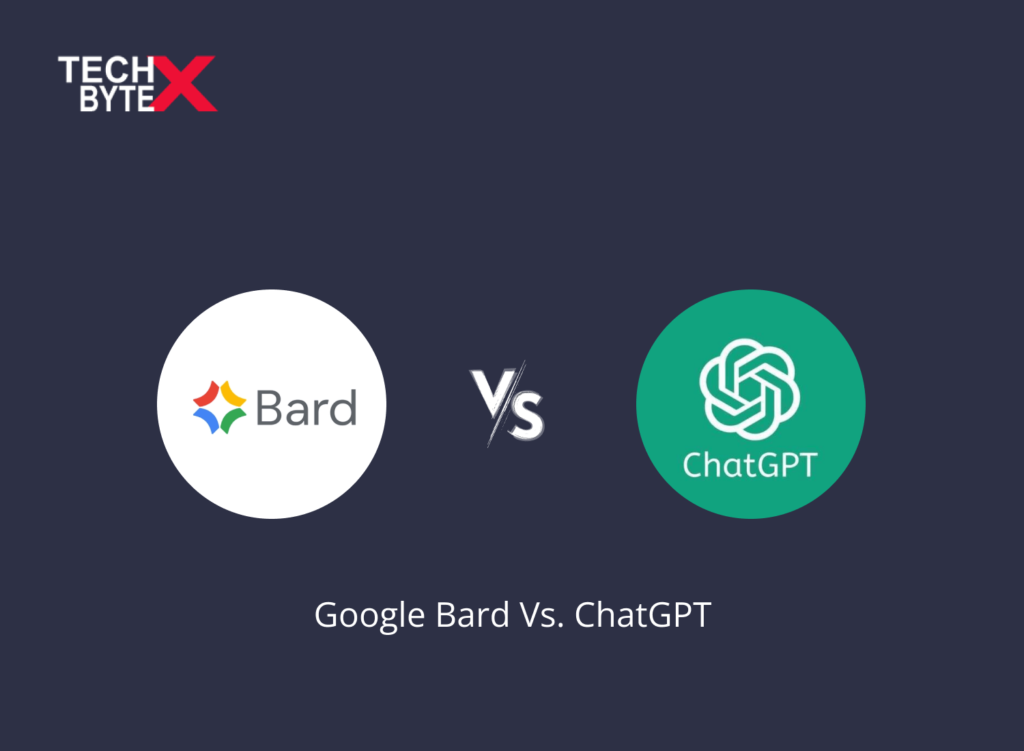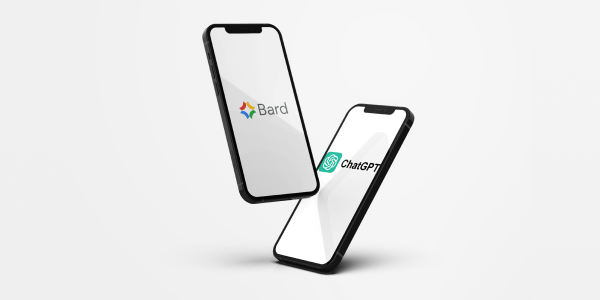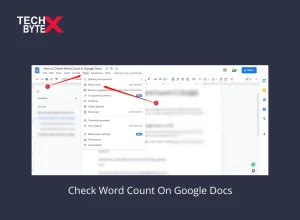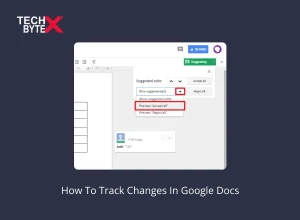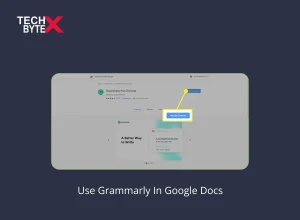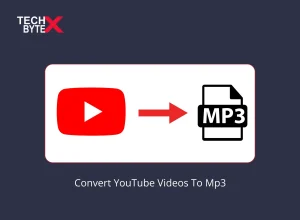Chatbots are all the rage nowadays, and the tech giants are locked in a battle of wits with their latest offerings. On one side, we have the Internet sensation ChatGPT, a product of OpenAI that has stolen the show with its ability to generate content automatically. On the flip side, we have Google’s latest entry into the fray, Bard. Both these chatbots perform similar functions, but there are differences between them that justify a closer look.
Also Check: How To Use Chatbot In Bing?
What Do These Chatbots Really Mean?
Google Bard vs. ChatGPT, the two AI-powered chatbots, have similar functions, but their differences are what make them stand out. Both are AI-powered chatbots with similar capabilities. It is their dissimilarities that distinguish them from one another and make them notable. The most prominent disparity is that Bard knows about ChatGPT, whereas ChatGPT remains oblivious to Bard’s existence. Nevertheless, one can play around with ChatGPT while Bard is still out of reach for most of us. Additionally, Microsoft has recently announced a multiyear collaboration with OpenAI to enhance AI capabilities.
How Chatbots Emerged in Our Lives: A Closer Look at Their Arrival
Alphabet, the parent company of Google, has released Bard in phases to users on its waitlist, and users can sign up using their Google account on Bard’s homepage. In November 2022, ChatGPT burst onto the scene, taking the world by storm with its AI-generated content. From businesses to students to individuals, everyone jumped on the bandwagon, exploring its wide-ranging possibilities. However, one should tread carefully as generative content has its fair share of pros and cons, and it’s crucial to separate the wheat from the chaff.
Starting afresh, let’s explore ChatGPT and Bard
What is ChatGPT?
ChatGPT is the ultimate conversationalist powered by artificial intelligence, using machine learning to answer any queries thrown it’s way. OpenAI CEO Sam Altman had every reason to wear a Cheshire cat grin as ChatGPT hit the ground running, amassing a staggering one million users within just five days of its release on November 30, 2022. This AI-powered chatbot has stunned the world with its lightning-fast responses and accuracy.
ChatGPT’s intelligence and intuitiveness are driven by its GPT technology, which detects patterns in data to provide insightful responses. The language model used in ChatGPT is none other than the highly trained GPT-3.5, trained on human-created text found across the internet. For users who want to take things up a notch, ChatGPT Plus uses the cream of the crop: the upgraded GPT-4 model!
ChatGPT generates a plethora of content, from code to comedy, including written code, product descriptions, blog posts, email drafts, summaries of transcripts, meetings, and podcasts, simplified explanations of complex topics, law briefs, translations, jokes, memes, and social media posts.
What is Bard?
Google’s latest AI-powered chatbot, Bard, uses natural language processing and machine learning to simulate human conversations by drawing responses from the internet. Bard’s LaMDA language model goes beyond typical search engines to offer thorough responses to user inquiries. On top of that, Bard can double as a personal concierge and assist with organizing vacations or planning meals. It uses natural language processing and machine learning, which enables Bard to understand the nuances of human speech and respond accordingly.
Bard is capable of retrieving additional information that is contextually relevant. Give a man a location, and Bard will show you its history, nearby attractions, and more. And as Bard learns from each interaction, it becomes wiser with time. A giant leap in conversational AI, Bard’s evolution, will be worth watching.
ChatGPT vs. Google Bard at a Glance
At the root of it all, both ChatGPT and Google Bard are chatbots that utilize natural language processing to generate human-like responses to user prompts and queries. However, the key difference between the two lies in the data sources and models they’ve been trained on.
Google Bard is powered by the Language Model for Dialogue Applications (LaMDA). It is capable of offering real-time responses based on the latest research collected from the internet. On the other side of the spectrum, ChatGPT relies on its Generative Pre-training Transformer 3 (GPT-3) model (or GPT-4 for more recent versions) and was trained on data collected before the latter part of 2021.
What Are the Similarities Between ChatGPT and Bard?
Are you wondering what sets the conversational AI giants apart? ChatGPT and Bard may seem as alike as two peas in a pod, with users simply typing in their queries to receive a human-like response. But when you scratch the surface, you’ll find that they share more similarities than differences. Here are some of the top things that ChatGPT and Bard have in common.
- Both Bard and ChatGPT can provide contextually relevant information to users based on their queries
- You can access both chatbots via a variety of devices, such as smartphones, tablets, and computers
- Bard and ChatGPT can both be trained on specific datasets to improve their accuracy in certain domains.
- Both chatbots are purposefully designed to handle complex queries and understand natural language inputs
- Both Bard and ChatGPT have the potential to automate tasks and simplify processes for businesses and organizations
- Bard and ChatGPT are intuitively crafted to use natural language processing to generate human-like responses to user queries
- Users can interact with both services by typing in a query
- ChatGPT and Bard can understand and respond to a wide range of topics and queries
- Bard and ChatGPT are aimfully designed to learn from their interactions with users to improve their responses over time
- Both chatbots can be utilized for diverse tasks, including answering inquiries, offering suggestions, and more
- Both Bard and ChatGPT can be integrated seamlessly into other platforms and applications
- Both chatbots find utility across multiple industries, including healthcare, finance, customer service, and others
- Both Bard and ChatGPT can proficiently handle multiple languages and dialects
- Bard and ChatGPT leverage machine learning and deep learning algorithms to produce responses
- Both Bard and ChatGPT are continuously evolving and improving with each update, keeping up with the latest advancements in technology
- Both tend to provide false information
What Are the Differences Between Google Bard and ChatGPT
Discover the key differences between these dynamic duos of chatbots!
- Bard continually draws up-to-date information from the internet, while ChatGPT’s sources to an end in 2021 are like closing the door on new information, leaving it behind in the dust
- Bard uses LaMDA for dialogue applications, while ChatGPT uses GPT-3.5
- Bard has access to the latest research in real-time, giving it an edge over ChatGPT, which is stuck in the mud with its existing datasets
- LaMDA is explicitly designed to detect patterns between sentences and words for conversational purposes, whereas GPT-3.5 creates content based on a single prompt
- Bard’s data parameters are not divulged by Google, whereas ChatGPT has utilized and learned from 175 billion parameters, including articles, books, websites, and more
- While ChatGPT is limited in its datasets, Bard uses an Infiniset of data, which is a vast number of datasets that are not publicly known
- ChatGPT undergoes a two-phase concept called “unsupervised pre-training and then fine-tuning” using massive amounts of data, whereas LaMDA is trained using a different method
- While ChatGPT can use real-time data from websites through a browser plugin announced by OpenAI, there is no such option available for Bard, which relies solely on its existing data sources
- Both Bard and ChatGPT can seamlessly integrate into various applications and platforms, allowing for easy implementation into existing systems
Which is Best, ChatGPT or Google Bard?
Comparing ChatGPT and Google Bard is like comparing apples and oranges. Both have their strengths and limitations, and it’s arduous to call which is better at this point in their training. ChatGPT is adept at generating and summarizing text, while Bard shines at providing relevant information for search queries. With user feedback and continued training, both chatbots have the potential to become the ultimate victor. ChatGPT has a larger dataset and can generate longer text, while Bard is better at answering specific questions. Furthermore, Bard’s audience is limited, while ChatGPT is within everyone’s reach. Both chatbots are at the outset of their training journey, and with ongoing user feedback, their capabilities are always improving.
Final Words
By wrapping up the discussion, while AI-powered text generation has faced its fair share of controversies, the exceptional performance of models such as ChatGPT and Bard cannot be ignored. These modern AI models are a testament to the incredible progress of AI technology in recent years. While both ChatGPT and Bard strive to provide speedy access to relevant information, it isn’t easy to declare a clear winner.
Buckle up for a future of mind-blowing advancements as AI technology propels forward at an unstoppable pace!

